Stories of Vinegar Hill (1879 London First Printing), The Golden Ladder Series, Ballantyne Press 🇬🇧📜🌹
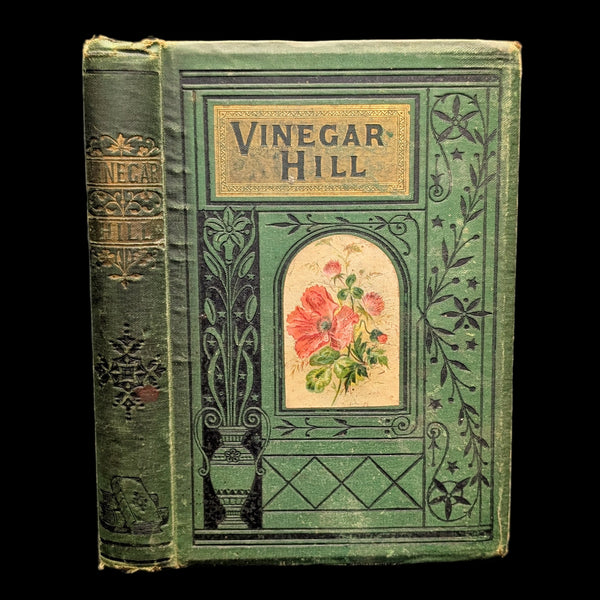
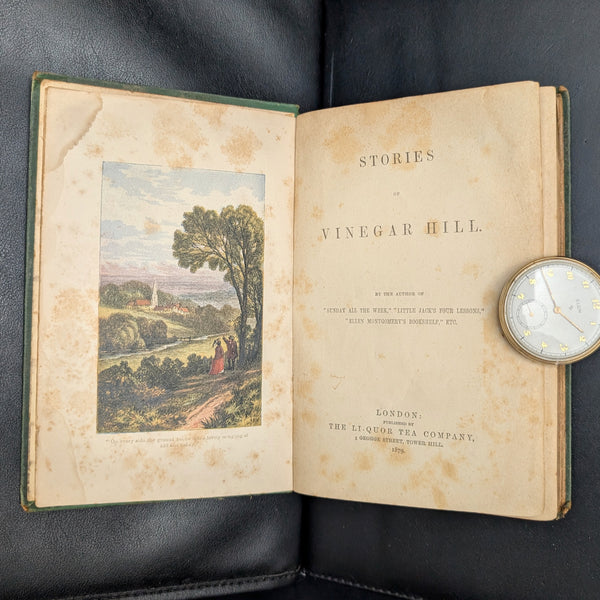
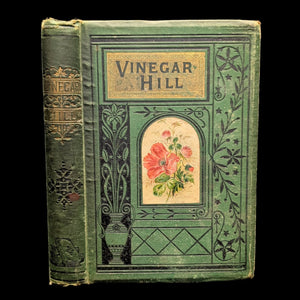
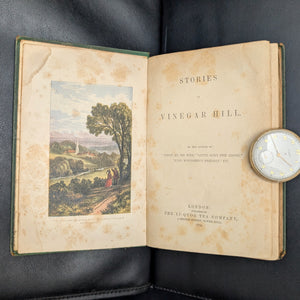
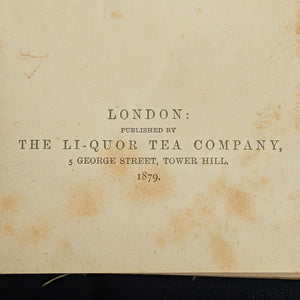
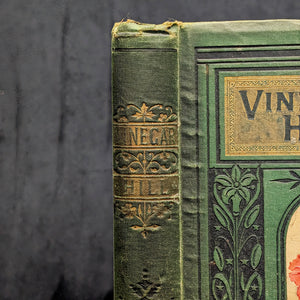

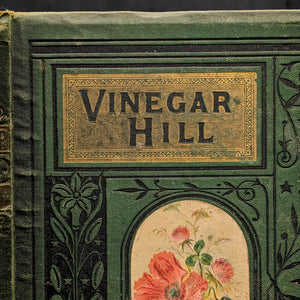
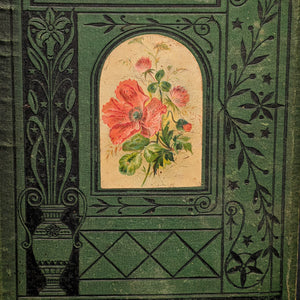



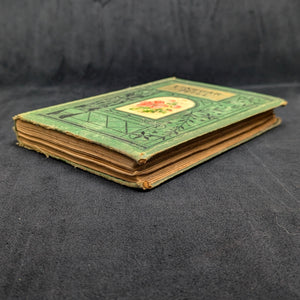
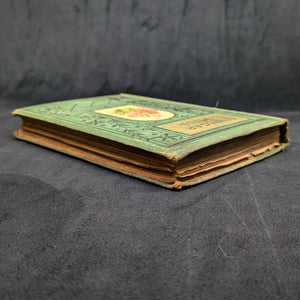
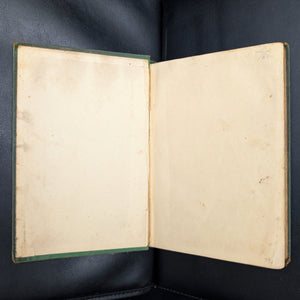
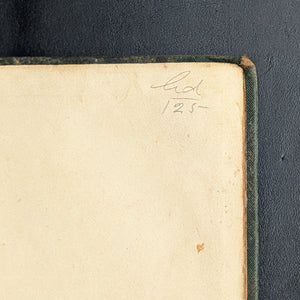
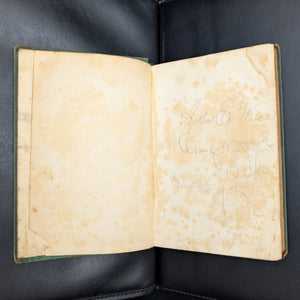
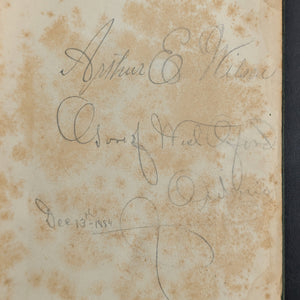
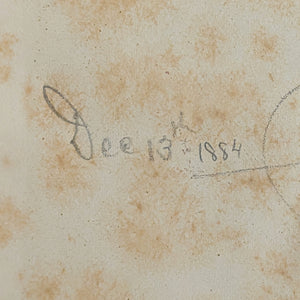
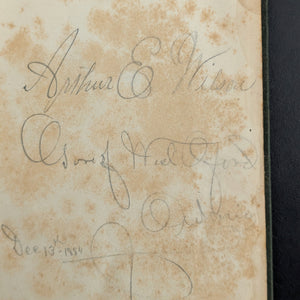


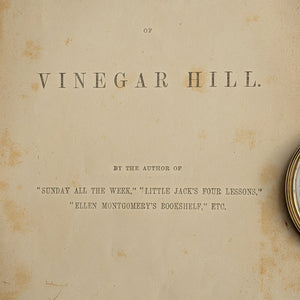
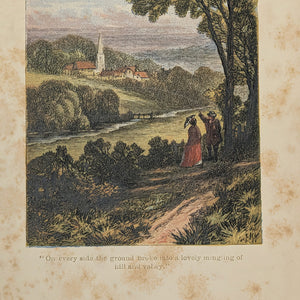
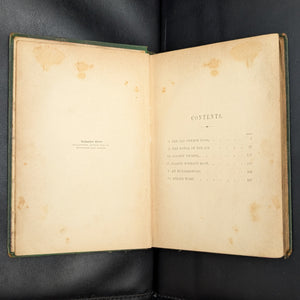
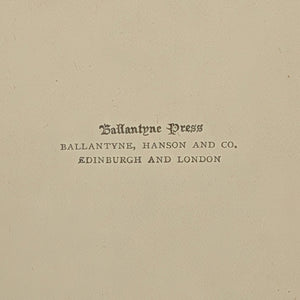
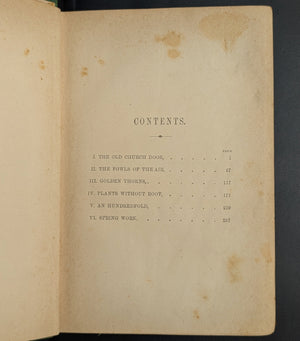
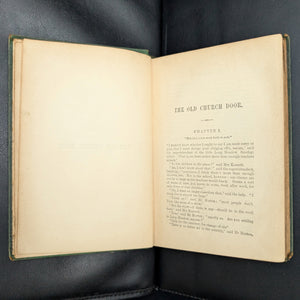

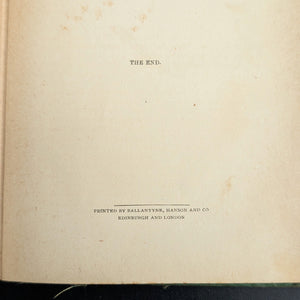

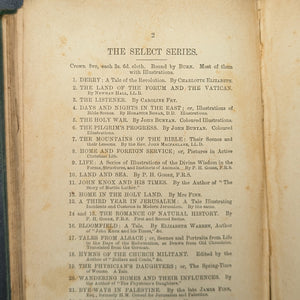
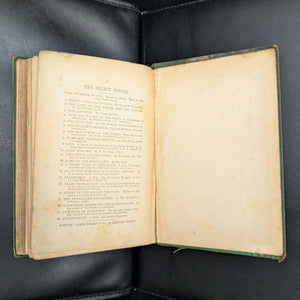
The volume presented is a First Printing of Stories of Vinegar Hill, published in London in 1879 by the highly unusual The Li-Quor Tea Company. This book is an authenticated artifact from the peak of the Victorian-era temperance and evangelical publishing movement.
The volume is further authenticated by its high-quality printer, the renowned Ballantyne Press of Edinburgh and London. This copy features a significant, period-specific handwritten inscription dated December 13th, 1884. This inscription and the unique publisher solidify the book's place as a verified cultural asset from the late 19th century.
2. About the Artwork/Book/Object 📖✍️✨ Stories of Vinegar Hill is part of The Golden Ladder Series, a collection of children’s religious and moral literature. The anonymous author is identified only by the titles of similar moralistic works, such as Sunday All The Week and Little Jack’s four Lessons.
The narratives within are designed to convey core Victorian virtues, including sobriety, piety, and the rewards of industriousness. The table of contents lists chapters with titles such as "The Old Church Door" and "Golden Thorns," which underscore the didactic and spiritual focus of the text. The book includes a hand-colored frontispiece illustration and was printed by the esteemed Ballantyne, Hanson and Co., known for their superior printing quality and craftsmanship.
3. About the Artist/Author/Maker ✍️🏛️ The work is attributed only to the "Author of Sunday All The Week," a common practice in Victorian-era religious publishing where the moral message took precedence over individual authorship. The true identity of the author is often secondary to the evangelical impact of the series.
The printer, Ballantyne Press, established in 1796, was a firm of immense stature in Scottish and British publishing. They were intimately tied to Sir Walter Scott, who was a friend and financial supporter of James Ballantyne. The press was respected for its elegant and precise typography, a feature that lends a mark of bibliographical quality to even commercial projects like this one.
4. Historical/Political Era Context 🌍🕰️📜 This volume was published in 1879 during the height of the Victorian Era in the United Kingdom. This period was characterized by strict moral codes, rapid industrial expansion, and an intense focus on middle-class domesticity and self-improvement.
The book’s publisher, The Li-Quor Tea Company, is a direct reflection of the period's pervasive Temperance Movement. Companies often allied themselves with moral causes to attract consumers and improve their public image, particularly to appeal to mothers buying literature for their children. This book serves as a tangible document of the social and moral currents of a time when the British Empire sought to solidify its global moral authority alongside its political power.
5. The Ideal Collector 💡🧐🏛️ This volume is curated for the collector who specializes in 19th-century British social history and Victorian children’s literature. It is an appropriate acquisition for a curator of temperance movement artifacts or a scholar focused on the use of literature for moral and religious instruction.
The precise date of the inscription (1884) and the book’s publisher history make this item ideal for a collector whose library is built around the documented socio-cultural context of its objects. This copy belongs with a discerning buyer who values an artifact that perfectly encapsulates a powerful moral movement of the late 19th century.
6. Value & Rarity 💎✨🏛️ This is a First Printing for the series, published in 1879, making the book 146 years old. It has survived the entirety of the Gilded Age, two World Wars, and the intervening decades.
Its value is derived from the explicit publisher association—The Li-Quor Tea Company—which is rare and historically contextual, and the verifiable inscription that dates its ownership to 1884. The quality of the Ballantyne Press printing further enhances its value. This combination of documented printer, unique publisher, and inscribed date elevates the copy's market position well above a standard, anonymous Victorian volume.
7. Condition 🔎📚✨ The condition is assessed with a neutral, professional approach, based on the provided photographic evidence.
-
Positive Qualities: The green cloth boards remain largely intact with decorative embossing. The gilt lettering on the spine is still bright and legible. The internal text block is tight, with the exception of the front flyleaf. The hand-colored frontispiece is vibrant.
-
Imperfections: The binding has light damage on the inside, specifically with the front free endpaper partially detached. The spine ends are heavily rubbed and softened. The boards show wear and spotting, particularly near the edges. The pages show heavy age-toning and foxing, typical for the paper quality of 1879.
8. Fun Facts & Unique Features 🤓📜🤩
-
The publisher, The Li-Quor Tea Company, utilized the Victorian anxiety over alcohol consumption to market their product line, positioning tea as a moral alternative.
-
The Ballantyne Press was considered a printing powerhouse, often entrusted with royal and high-profile literary commissions, lending this commercial series an unexpected level of craftsmanship.
-
The inscription, "Dec 13th 1884," indicates the book was acquired just in time for Christmas, a peak season for the exchange of moralistic children's books.
-
The series title, "The Golden Ladder Series," was intended to symbolize the spiritual ascent a child would make through adherence to the moral lessons taught in the books.
9. Supporting Information 🏷️📦💰
-
Title: Stories of Vinegar Hill.
-
Author: By The Author of Sunday All The Week, etc.
-
Year: 1879
-
Publisher: The Li-Quor Tea Company
-
Printer: Ballantyne Press, Ballantyne, Hanson and Co.
-
Place of Origin: London and Edinburgh, UK
-
Binding: Hardcover green cloth boards, blind-stamped and gilt-lettered
-
Edition: First Printing of the Publisher’s Series
-
Rarity: Early Printing with Significant Historical Inscription
-
Transcription: The handwritten language on the front free endpaper is transcribed verbatim: "1st 125" "Arthur E Wilson. Dec 13th 1884".

